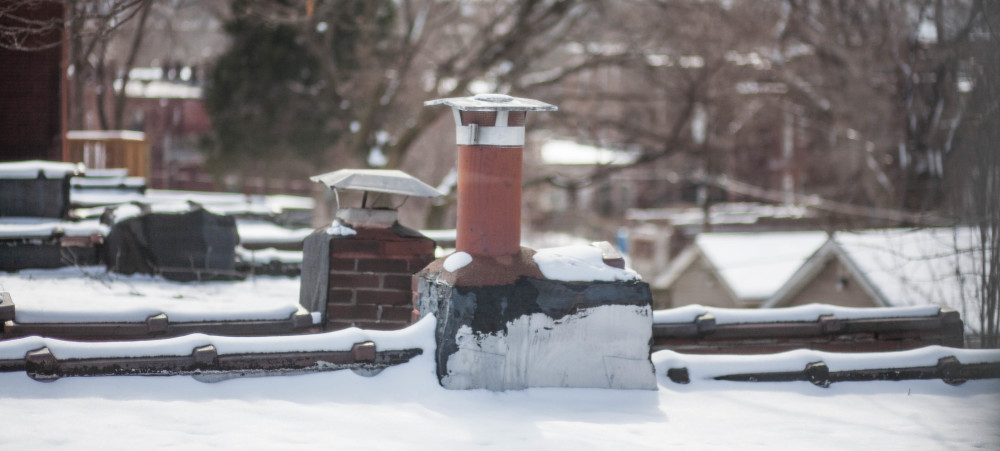I see that I haven’t written anything here for a couple of weeks after writing furiously for a while. We were in Savannah for several days after the first of April. Spring had come there, sort of, and the effects of Georgia’s terrible drought were beginning to disappear. But the bloom was definitely off the city in more ways than one, though the lines are long at Paula Deen’s and Mrs. Wilkes’ Dining Room. We took a tour billed as the Book Tour, because it was the best way we could see to get to Bonaventure Cemetery, which we wanted to visit.
 Savannah has a substantial Jewish population and a synagogue which claims to house the nation’s oldest reform Jewish congregation (a contrary view is expressed here). The imposing gothic revival building, sits ajacent to Monterey Square and backs up to Wesley Monumental Methodist Church (an un-Wesleyan name if ever there was one). Of course, Savannah remembers the Wesleys as visitors to the city in 1736.
Savannah has a substantial Jewish population and a synagogue which claims to house the nation’s oldest reform Jewish congregation (a contrary view is expressed here). The imposing gothic revival building, sits ajacent to Monterey Square and backs up to Wesley Monumental Methodist Church (an un-Wesleyan name if ever there was one). Of course, Savannah remembers the Wesleys as visitors to the city in 1736.
Bonaventure Cemetery includes a large Jewish section, where one can see the same class divisions one sees in the Protestant cemetery next door. We also noted that other visitors had often left stones on the graves as reminders of their visits. As we were viewing the grave of Johnny Mercer in the Protestant section, our guide noted a pile of stones on the flat marble monument. She swept them away inperiously with a comment about inappropriateness and ignorance, while leaving a couple of appropriate dead and decayed lilies to decay further. Poor Mercer. When you’re dead, you have no control over what you may become a site for.
This same tour guide told us that there were persons of African descent buried in the Protestant cemetary, but that citizens of Savannah didn’t talk about that. She also repeated what we took for a mantra, since we heard it from three other persons who drove us around. As we passed a public housing development, she told us that bad and dangerous folk lived there and that one shouldn’t go there at night. Savannah has some authentic civic beauty, and it’s central area has unique architectural importance. It’s appropriate that much of the historic district is now owned by the Savannah College of Art and Design. The historic preservation movement, which has saved much of our country’s architectural history from being buried underneath kitsch, has deep roots in Savannah; but the place seems a cultural backwater today.
It’s a backwater in another way too, subsisting on the tourist trade, much of which comprises rowdy youth from area colleges and military establishments, who come to the city to drink and carouse. We may go back to Savannah, but I doubt we will. And there are at least two Savannahs. The city maintains a free shuttle, which we often heard described as “for the tourists.” But its ridership is working class African Americans, as we learned when we rode it all around town one morning and encountered some of the most open and friendly people we met on our visit. We also had lunch that day at a great barbecue joint, the Sweet Leaf Smokery & Eatery. They don’t have a web site, but it might be worth going back to eat there again.
